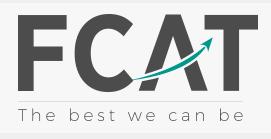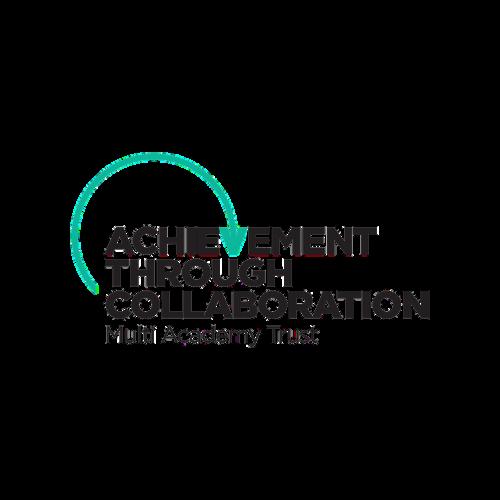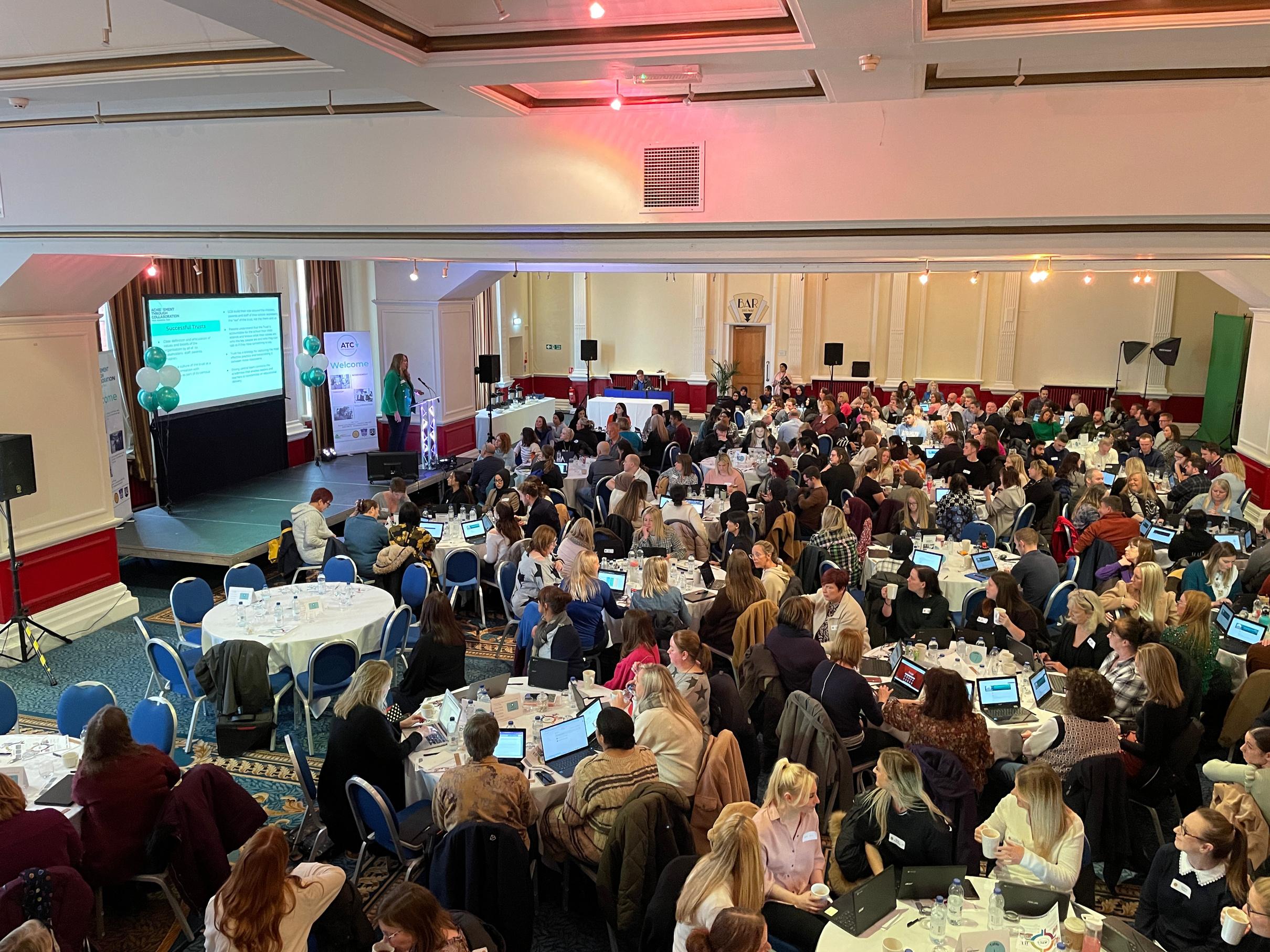CREATING COACHES







For many years, and in multiple guises, coaching has been a part of the educational landscape It is seen by many as a powerful tool for transforming culture and climate within schools. At its most effective, coaching is an invisible (but never accidental) part of an organisation It exists in every encounter, experience and interaction between all stakeholders and at all levels It is more than a mindset, it is a commitment to empowerment and to truly believing in the potential of others In other words - it’s exactly what school culture should be
When we break it down, coaching is simply a two way dialogue where the intention is to genuinely involve the other person (coachee) in finding a solution through a process of effective questioning and listening With an open mind and a real belief that the coachee is capable of finding their own answers, coaching focuses on holding a space and time for an individual to discover what the right next step is for them

For schools, we believe that coaching needs to be a hybrid of multiple approaches to the discipline. Whilst the primary objective is to improve teaching, learning and student outcomes, we also know that coaching (when done well) can improve teacher welfare, staff wellbeing and staff retention. When working with people in a people led industry, using a range of coaching approaches is essential The Creating Coaches programme aims to give a set of transferable skills for coaching that can be used in multiple contexts We take aspects of performance coaching, instructional coaching and even some ideas central to life coaching, to be useful to our colleagues and their professional development journey
Schools are dynamic places to work with lots of complex challenges to deal with Leaders and teachers are often expected to be universal providers and this can be difficult. The role of a coach is to be useful to colleagues as they face these challenges, whether that’s in the classroom or in the boardroom Most fundamental to the role are the questions we ask to encourage staff (coachee) to think for themselves. In her seminal work ‘Time to Think’, Nancy Kline looks at how we create thinking environments; professional places where people have time to think, discuss, question and challenge normative and entrenched behaviours or ways of thinking that are not always productive
We are delighted to travel this journey with you and hope that your experiences on the programme will shape the way you perceive and engage with colleagues in your own organisations.




Sessions are 1hr
5 minute generative thinking
20 minute input from an expert, coach or facilitator regarding a method, strategy or tool for coaching.
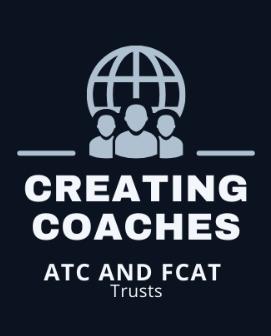
30 minutes coaching with a partner in a break out group with time to switch and feedback to each other
5 minute round up and commitment to action
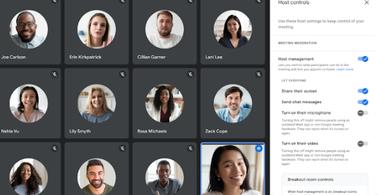
Links to the session will be sent via email on the day or can be accessed in advance via the course dashboard.
All delegates will use breakout rooms to coach a colleague during the “real-play” phase of each session. This is when we really get to practise the work from the input and get some constructive feedback from our peers and course hosts.

We ask that all delegates agree to the terms and conditions of use on the virtual meets to ensure everyone has a positive experience.

To access the course materials and workbooks for each session, Follow the link: https://sites.google.com/witto npark.org.uk/atc-leadershipprogramme?usp=sharing
Links to the dashboard will be sent directly to your email account once you have fully registered for the course. For any issues accessing materials contact us at: educationteam@atctrust.org.uk
26th
September
17th October
14th November
12th December
23rd January
12th March
14th May
11th June
2nd July
16th July 3

One of the most important aspects of coaching is this ability to generate information through questioning and exploration.
Helping a coachee or colleague see a situation from a different angle, with a different perspective or even at a different surface level often leads to better solutions.

When we think with generativity we aim to create lots of different ideas or interpretations for a problem or situation and challenge ourselves to avoid assumed logic and standard approaches and instead think about creative, alternative solutions.
To build this skill set, each session on the Creating Coaches programme will begin with a quick, low threat generative thinking task in which we’ll generate ideas and information based on a random piece of stimulus.
“Identifying the problem instead of solving it; generating questions instead of answers; and making sense before making any decisions.”
During each coaching session there will be a dedicated window of 30 minutes to practise your coaching skills. Coaching is really all about practice and finding an authentic approach that feels comfortable for you. Together with your coaching partner, you will explore the skills and techniques used by coaches to tackle a real problem or issue.


Created by Sir John Whitmore as part of his ‘Innergame’ equation.
Performance = potential - interference
The GROW model is a formal way of helping a coachee set goals and actions for their performance.

Goal: Be useful to your coachee as they set a GOAL - ask the right questions and encourage risk taking and ambition.
Reality: Explore the current reality, the potential barriers and the possible limiting beliefs of your coachee to ensure the goal is possible and that it’s the “right” goal.
Options: Be useful as your coachee generates lots of ideas, options and solutions to fulfilling or achieving their goal.
Will: Insist your coachee commits to action. This is really the only time a coach should be very specific and very direct The process of securing a commitment to action is vital Hold this space in the process firmly

Feedback is a gift - especially when developing a new skill set or way of approaching things. In coaching that feedback is even more valuable because it allows a coach to settle on their style or approach and become increasingly self aware. Setting personal improvement goals is also an important part of a coach‘s journey.
1
Use the note taking template to jot down some key phrases or questions that your coach uses
2 3
Replay
Replay some of the phrases or questions that your coach used and give an honest account of the impact that these had on you and the session
4 5
Provide your coaching partner with a maximum of 2 or 3 things that you felt worked really well
Make sure to give an explanation
e.g:
“It was great when you paused and just waited, this gave me time to really reflect and think and it was nice not to feel rushed or pressured to give an answer straight away ”
Help set a GOAL
Keep an eye on the script your coach should be using and make a mental note of any deviation from this Feed this back with specific details
Think about the highest leverage action for your coach and help them set a goal for improvement This should be the ultimate aim of the feedback
SignificantresearchcommissionedbytheDfEthroughthe NationalCollegeandCfBTEducationTrustshowstheimpact ofcoachingineducationalsettings.
Whilstmostorganisationsareinterestedincoachingatastaff level,researchalsoshowsthepowerofcoachingforpupils andtheimpactcoachingcanhaveonwellbeingandculture.
Howeveryouchoosetoutilisetheskillsyoudeveloponthe programme,themostimportantthingisthatthese approachesandyournewlyhonedskillsdon’tgounused.
Thinkabouthowyoumightworkwithotherschoolleadersand teacherstoharnessthepowerofcoachingateverylevelof yourorganisation.Dedicatesometimeeachweektoputting yourcoachingskillsintoaction.Haveyourcoachingmaterials onhandandusethemwhenhostingmeetings,having conversationsandgenerallytryingtogeneratethinkingor action.
Speak to your headteacher or line manager about how you hope to use your newly acquired skills within your organisation.


Self Direct - employ these skills and approaches in all interactions with staff and students. Remember - good coaching is intentional dialogue that allows a person to find their own solutions.
Depending on your role - you may wish to introduce a full coaching strategy to your organisation - be brave and keep coming back to the basics.
Coaching is essentially mastering the art of discourse. So how can you engage in dialogue that is intentional, liberating, enlightening and empowering for your partner?
We’ll look at the Trust equation in more depth in session 1 but one way we know we can build Trust and Intimacy is by asking permission
“Can I tell you what I’ve noticed?”
“Would it be useful if I made a suggestion?”
“Can I challenge your thinking?”
Allow the coachee to be in charge of how much they reveal or how far they want to be challenged or pushed with their thinking.
As soon as you share an anecdote, give an example of what you might have done or even be self-deprecating, the conversation becomes a competition, a comparison and an act of judgement Don’t mention yourself - no matter how wise or inspiring you are. It should never be about you - especially if your coachee asks “what would you do?”
1 2 3
4
Silence is a great facilitator for thinking. Perhaps one of the most difficult skills to secure as a coach is waiting in silence
Resisting the urge to fill the gap, provide the answer or rephrase the question takes time and effort If you want to become a coach genuinely interested in growing others however, silence must become a comfortable friend to have and one that you learn to use and deploy effectively
Listening and hearing are two different things When we actively listen we have our radar switched on and scan responses for important information, language that reveals or conceals or for the seed of an idea Listening well is tiring and requires a coach to be fully present and alert Simple Script
Be confident in using a script, a tried and tested set of questions that you know work and get positive or generative reactions Pre-planning questions is a powerful skill for coaches until these questions are internalised
As a coach, using a script is one of the most powerful and useful things to do. A script plays an important role in ensuring the conversation keeps going and retains focus and purpose.
Most scripts are dominated by questions but there are also some other fundamental features that a good script should include.
“Is it ok if we spend a few minutes focusing on X?”
“Would it be useful to take a closer look at that idea/thought?”
This permission seeking is essential if you are going to build trust and set boundaries with your coachee. Without it, it is easy for a coach to become the dominant speakerwhich is something that should be avoided. The permission seeking is an important act of empowerment and places the responsibility and the ownership firmly in the hands of the person being coached.
There are lots of different styles of “talk” in coaching. The purist approach uses only the words spoken by the coachee and the coach simply replays these with the aim of enabling the coachee to hear their own thoughts and words reflected back to them. In an educational context this approach is possibly too labour intensive and time consuming and can occasionally lead to frustration if not handled skillfully. The act of replaying key phrases or keywords however should feature in your conversations in school and will help draw attention to limiting beliefs, entrenched perceptions or accidental bias being shared by your coachee.
“I think I heard you say ‘it’s impossible’ tell me a little more about that...”
“You said it was a ‘disaster.’ Is there another word that you might use to describe the lesson?”
Don’t forget to include in your script some basic contracting statements to ensure that everyone is happy to participate in the session.

“If we are collaborating at our best today, what might that look like?
“ Is there anything you specifically need from me/yourself in today’s session?”
What happens when the mind breaks through? What steps has it taken to create a shift?
According to Nancy Kline, this break-through process is the mind asking itself an Incisive Question
Our thinking, feelings, decision-making and actions are driven by assumptions

The good ideas and feelings come from true liberating assumptions
The bad ones come from untrue limiting assumptions.
So, to breakthrough from bad to good, the mind seems to go through roughly this sequence of questions:
1. What am I assuming that is limiting my thinking here?
2 What am I assuming that is most limiting my thinking here?
3. Is that assumption true?
4. What is a liberating true alternative to the limiting assumption?
5 If I knew (insert true alternative), what would I think or feel or do?
On paper this sounds pretty dry But in practice it is one of the most scintillating and transformative things human beings do and when done with a coach can represent real breakthroughs in thinking and performance
For example, if your goal is to restructure your time, the first question is: What are you assuming that is stopping you from re-structuring your time? You find as many assumptions as you can.
Then with questions 2 and 3, you find the key untrue assumption. Then through questions 4 and 5, you build an Incisive Question. And voila, your mind breaks through. A new, true, liberating reality emerges
Asked gently, an Incisive Question will open your clients’ minds to the limiting assumptions that often prevent change and improvement from happening
